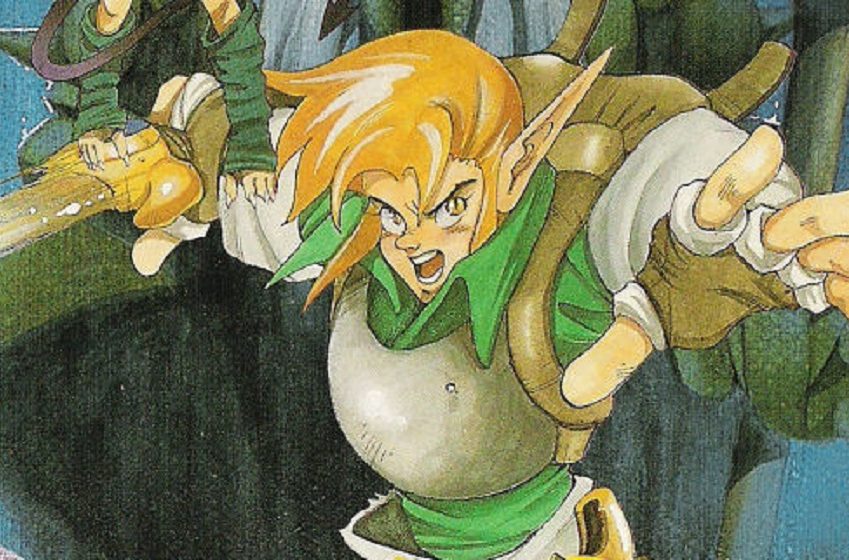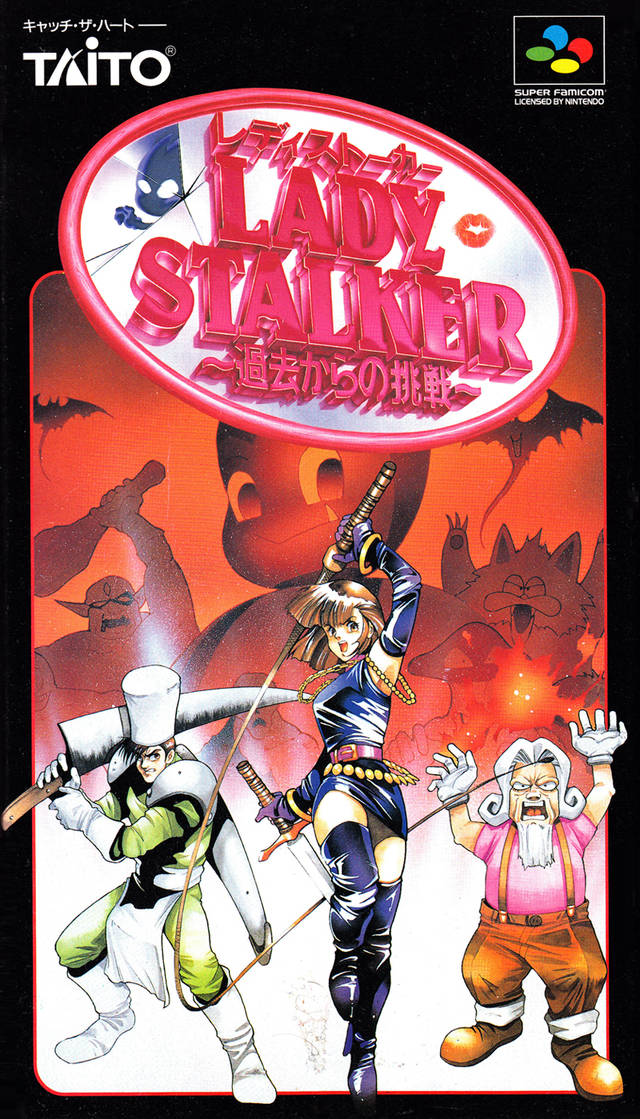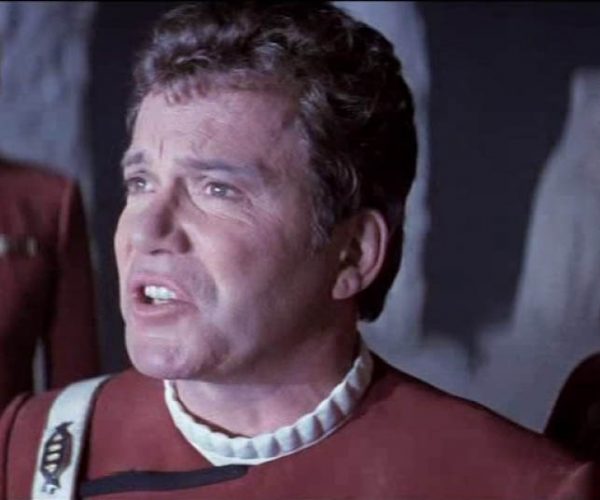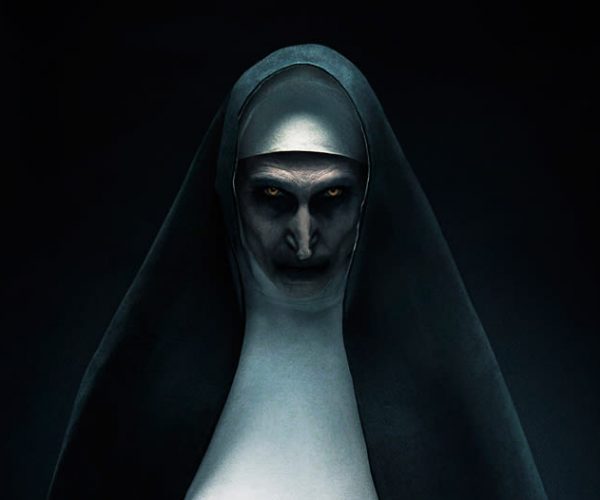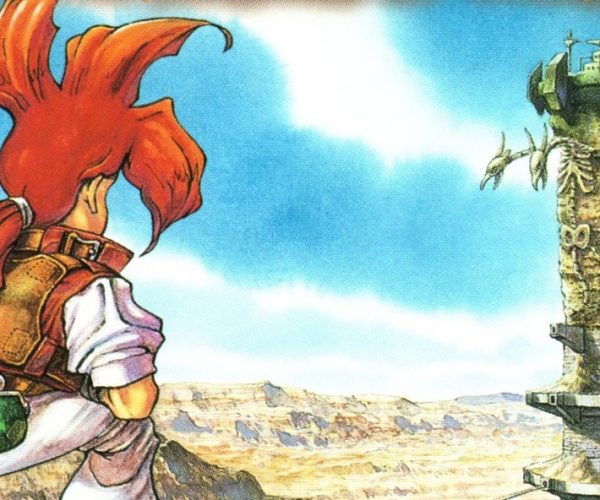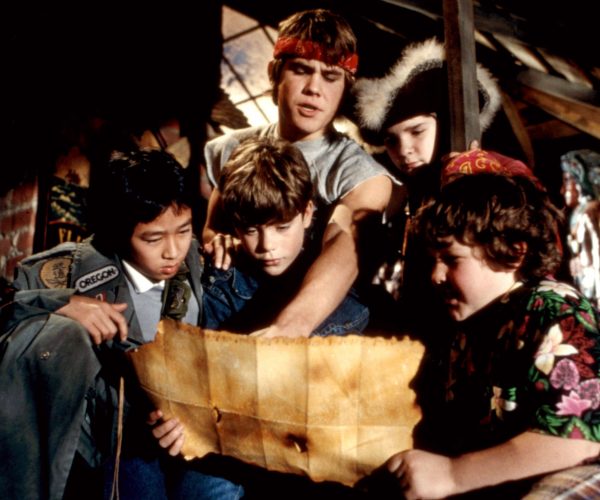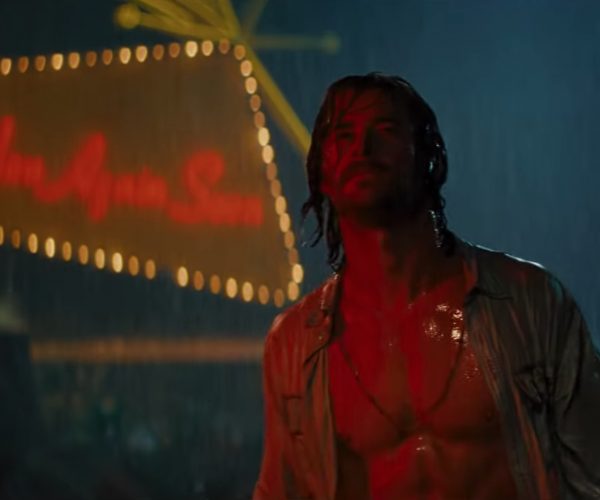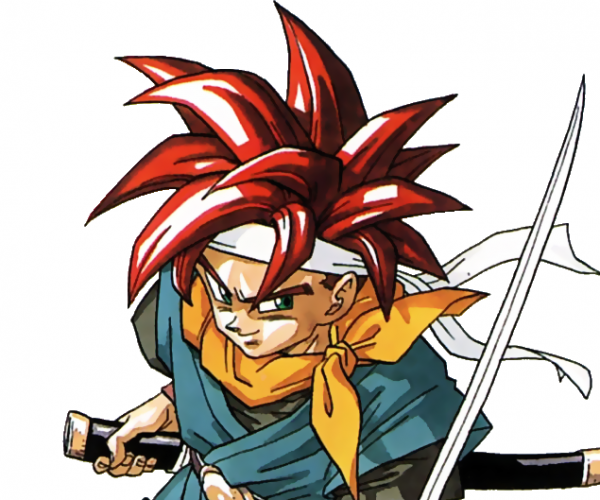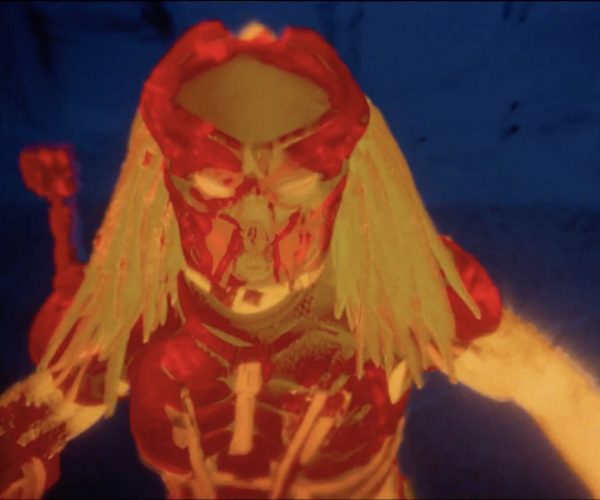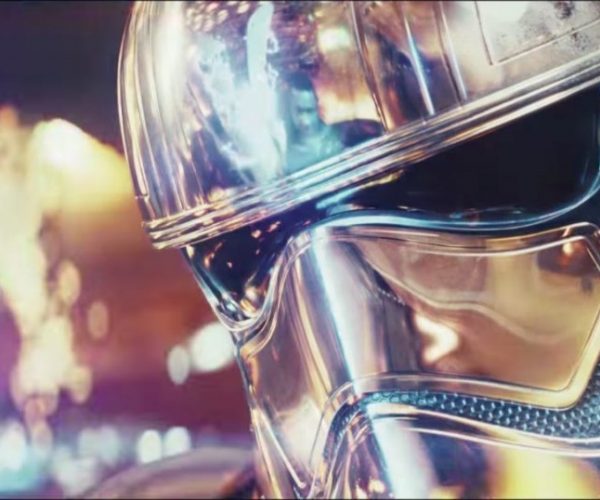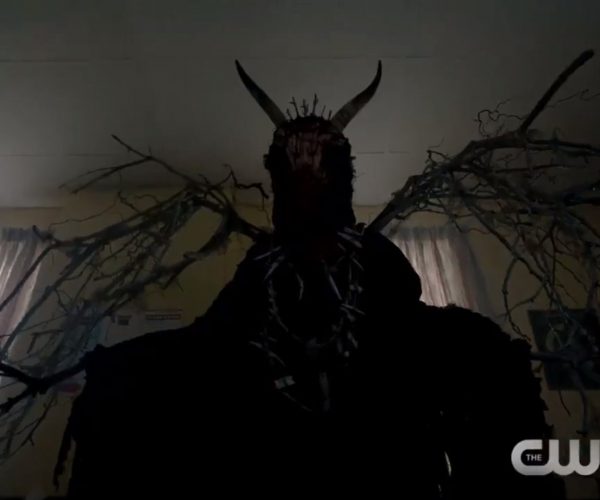Landstalker: The Treasures of King Nole’s place in video game history is one of cult appreciation and very niche appeal. As an action adventure on the SEGA Genesis, it reached only a relatively small audience considering that SEGA primarily designed the console to recreate the excitement of bombastic arcade games. Was this really the type of game that Genesis owners wanted?
I remember being teased by SEGA fans for enjoying such games back in the day.
And yet, many of those who played Landstalker: The Treasures of King Nole hold it in the highest regard as their most nostalgic favorite of the era. They can look past its nightmarish platforming sections and the confusing isometric viewpoints, and beneath a series of awkward design choices, they hold nothing but love towards a video game that is seen as a prime example of game development at its most pure and flawed state. Rough edges are fine so long as the game transports you to another world! These fans site the art behind Landstalker, its conversion to pixelated graphics, and its pure fairy-tale fantasy world of heroes, elves, kings, and dungeons all as reasons they love the game.
I am sadly not part of this group. Landstalker: The Treasures of King Nole is one of those games I wish I had childhood nostalgia for, but as a spoiled Super Nintendo brat, I simply never got to play it during my formative years. Attempts to go back and play it as an adult always leave me frustrated and push me to pursue something else.
However, the departure of several key staff people at Climax Entertainment after Landstalker’s completion created a sprawling family tree of unrelated yet similarly designed video games, leading me to not be as far removed from Landstalker as I once thought.
Chronologically, here is how the family tree of Landstalker unfolds.
Climax Entertainment was founded in April 1990 by Kan Naito and Shinpei Harada, two computer nerds who decided not to follow in the fathers’ footsteps as Yakuza bosses. Instead, they turned their talents and love of video games into a production company that specialized in fantasy genres. Their first two games created a huge RPG franchise that still exists to this very day, but you could be forgiven for confusing Shining nowadays as being something totally different from its roots.
Shining in the Darkness (1991)
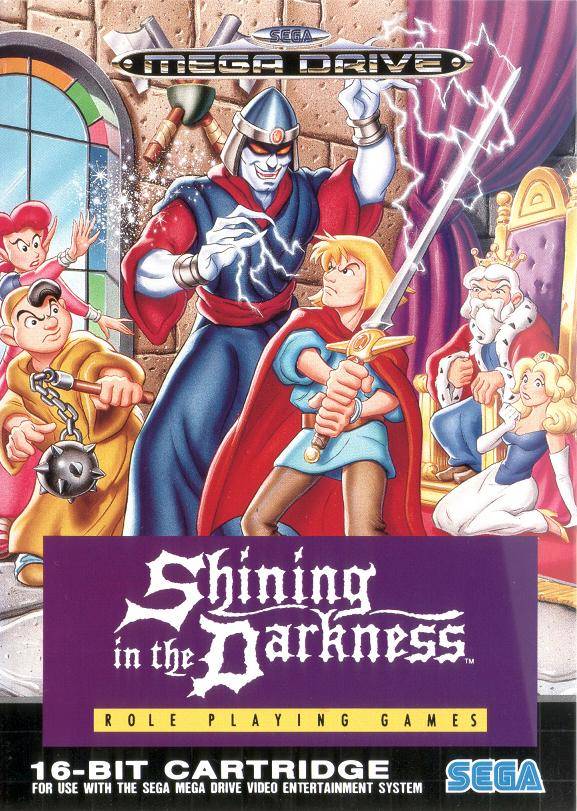
Landstalker’s grand-pappy, Shining in the Darkness is pretty far removed from the game Climax would eventually be most remembered for. This game instead uses a first-person perspective, similar to its peers at the time, A Bard’s Tale, Wizardry, and Might & Magic. It unfolds like a typical dungeon crawling RPG, one with characters, monsters, and loads of treasure, very similar to the wealth of options that PS Vita owners have these days.
However far removed from the gameplay Shining in the Darkness might be from Landstalker though, Climax’s love of high fantasy and fairy-tales clearly laid its roots in both this game and its eventual sequel.
Shining Force (1992)
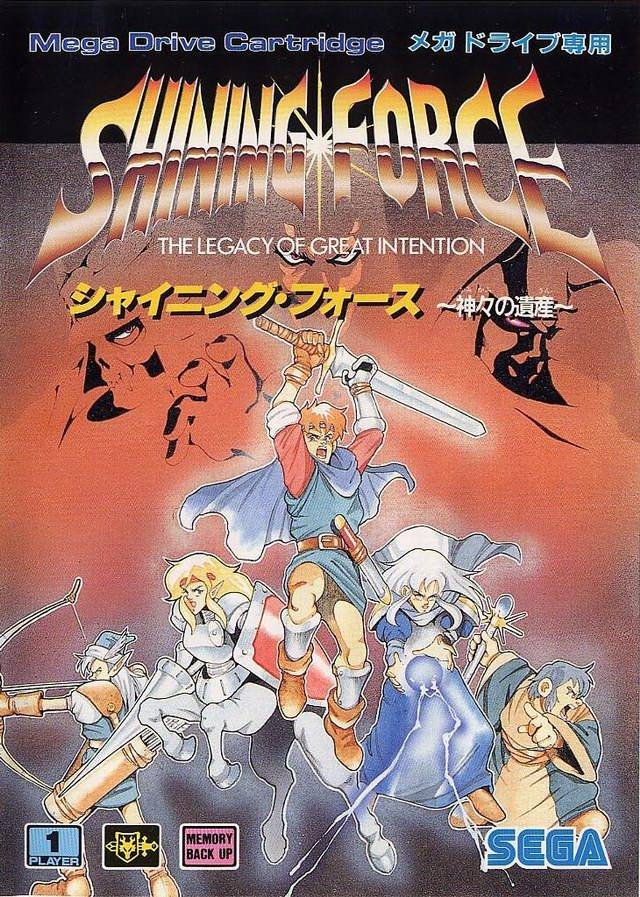
Climax’s second game would team them up with Camelot Entertainment to create an answer to Nintendo’s Fire Emblem series. Shining Force is regarded as one of the founders of the strategy RPG genre, and it is here that we see Climax’s love of fantasy bloom even more. Plus, character artist Yoshitaka Tamaki works being slapped onto the cover like that sprouts one of the most obvious branches created in this massive family tree.
Unlike Landstalker, Shining Force enjoyed mainstream success and remains a classic to this day. Camelot would take over for development of the sequel, Shining Force 2, and the two RPGs remain favorites of the SEGA Genesis era to this day. However, SEGA hasn’t published them in any handheld capacity for the Vita or the Switch… they are only available for the PlayStation 4, Xbox One, and PC if we’re looking at modern consoles.
Landstalker: The Treasures of King Nole (1992)
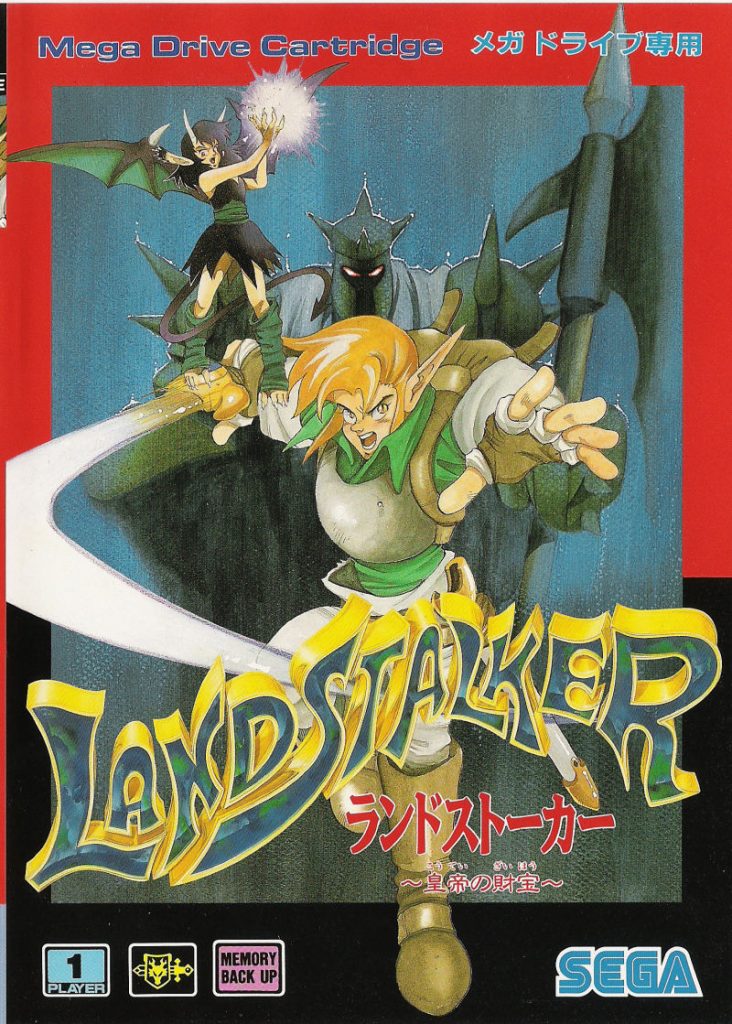
The focus of our article today. I’ll use the Japanese box, still drawn by Yoshitaka Tamaki. As explained before, the simple, innocent, pre-anime boom look is one reason why this game enjoys such a following to this day.
Just watch this and not fall in love… or feel chills at the horrors of those platforming segments.
Looks rough, huh? That’s half the appeal!
Lady Stalker: Challenge from the Past (1995)
Climax Entertainment eventually found its way to the Super Famicom with this unfortunately titled spin-off. Lady Stalker is not exactly a name many English-speaking publishers would want to run with, even though it is about a treasure “stalker” who is a “lady.”
Fans somewhat hold this game up as it follows Landstalker’s formula closely, but the Super Nintendo’s graphical abilities smooth out the rough edges to make a more streamlined, less exciting game. Remember, the rough edges are one reason why fans appreciate Landstalker, and this attempt to mainstream the genre falls somewhat flat on what the fans really want.
Again, at least the cover and its beautiful character art are provided by Yoshitaka Tamaki.
Dark Savior (1996)
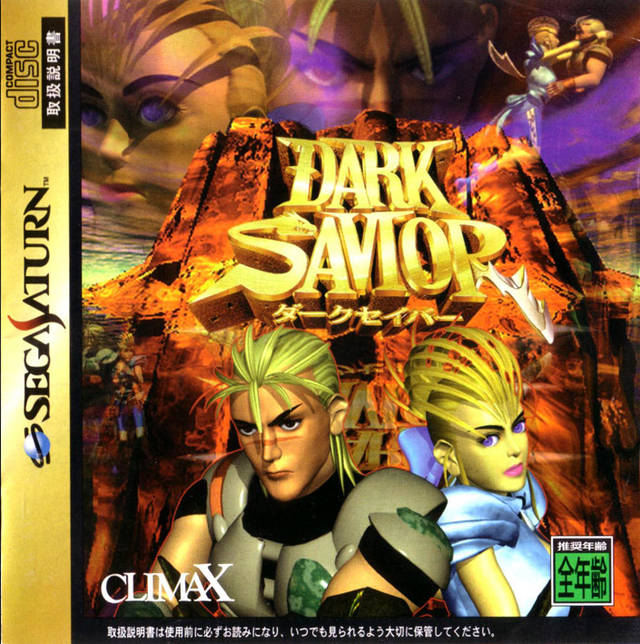
The last we’ll be seeing Climax directly for a while, Dark Savior was the company’s first attempt at making a SEGA Saturn game, and boy oh boy is it… ambitious. Fans of Landstalker are mixed on this game, some of them loving the story, the transition of isometric platforming to such huge sprites, and the single man-to-man combat.
Others are not quite into the story, the transition of isometric platforming to such huge sprites, and the single man-to-man combat. I can’t fault Climax for trying something different with this game since its formula needed to set a new tone in the face of a rapidly changing gaming industry, but several key creative decisions might have gone overboard in a few places.
At the same time, you never have and you never will play another game like Dark Savior. It might be a little too unique among other games of its era.
It is, very much, the direct sequel to Landstalker, but much of the original charm of the SEGA Genesis sequel is lost in the transition to a new generation. As you can see from the cover alone, those 3D polygons take priority over classically stylized anime characters, making this the first game without the character design of Yoshitaka Tamaki on the cover.
Alundra (1997)
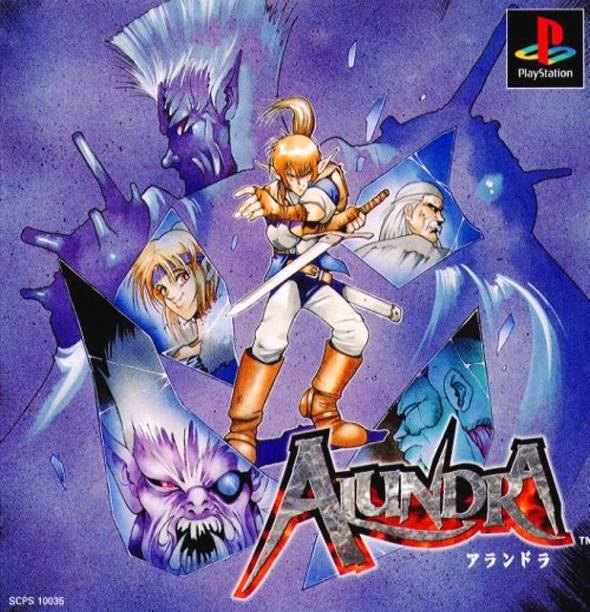
Oh, hello there. Any excuse to write about Alundra, am I right? This is where my connection to this world comes into play, as Alundra is one of my passions and most sentimental all-time favorites.
Alundra is the result of an upheaval within the video game industry during the mid-90s. Loyalties to Nintendo and SEGA began to collapse at that time as new powers entered the industry: Sony, its booming new console, the PlayStation, and cheap development with CD technology. The creation of 3D gaming also thrust creative differences into certain studios, some of whom wanted to stick to the 2D gaming that they knew best.
The result? Mergers, new studios, new franchises, and an age of games with both experimental new ideas and refined classic ones. Alundra falls into the latter category. If Lady Stalker is a spin-off of Landstalker and Dark Savior is its direct sequel, Alundra is by all rights the spiritual successor. Creative differences within Climax Entertainment, which only employed about twenty people in 1996, pushed several of its key staff people to leave and team up with members of another iconic Japanese studio, Telenet, Japan, developer of the Valis series.
Alundra takes many ideas from Landstalker, including mind-bending puzzles, dreadfully difficult platforming segments, and an awkward jumping mechanic. However, Matrix Software opened up the map behind the game, freeing its protagonist from walking on an isometric grid. The result is a much more open game, free to be the Zelda clone that Landstalker originally inspired to be.
And if you need any more connection.

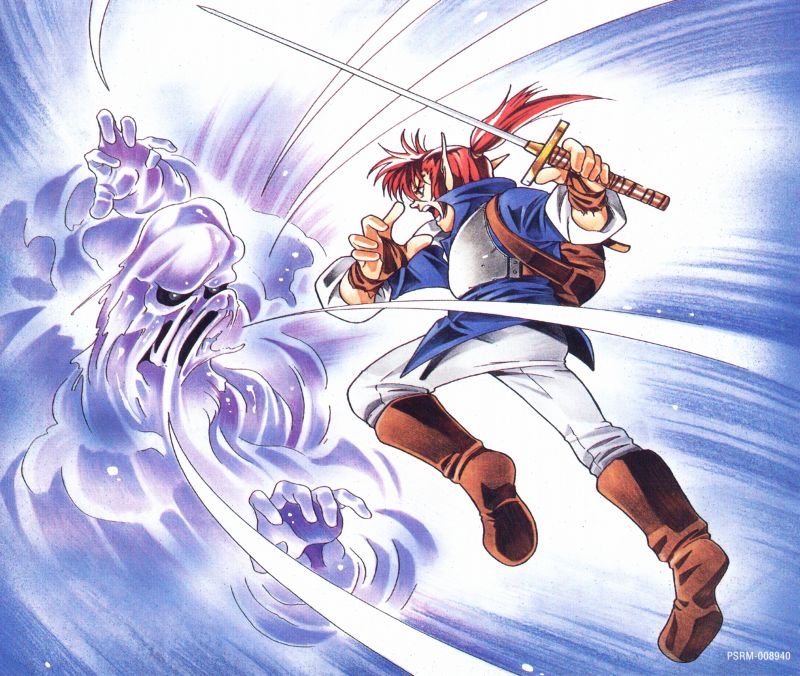
It’s not a coincidence that the two lead characters look strikingly similar. They were both drawn by the same people.
Alundra 2: A New Legend Begins (1999)
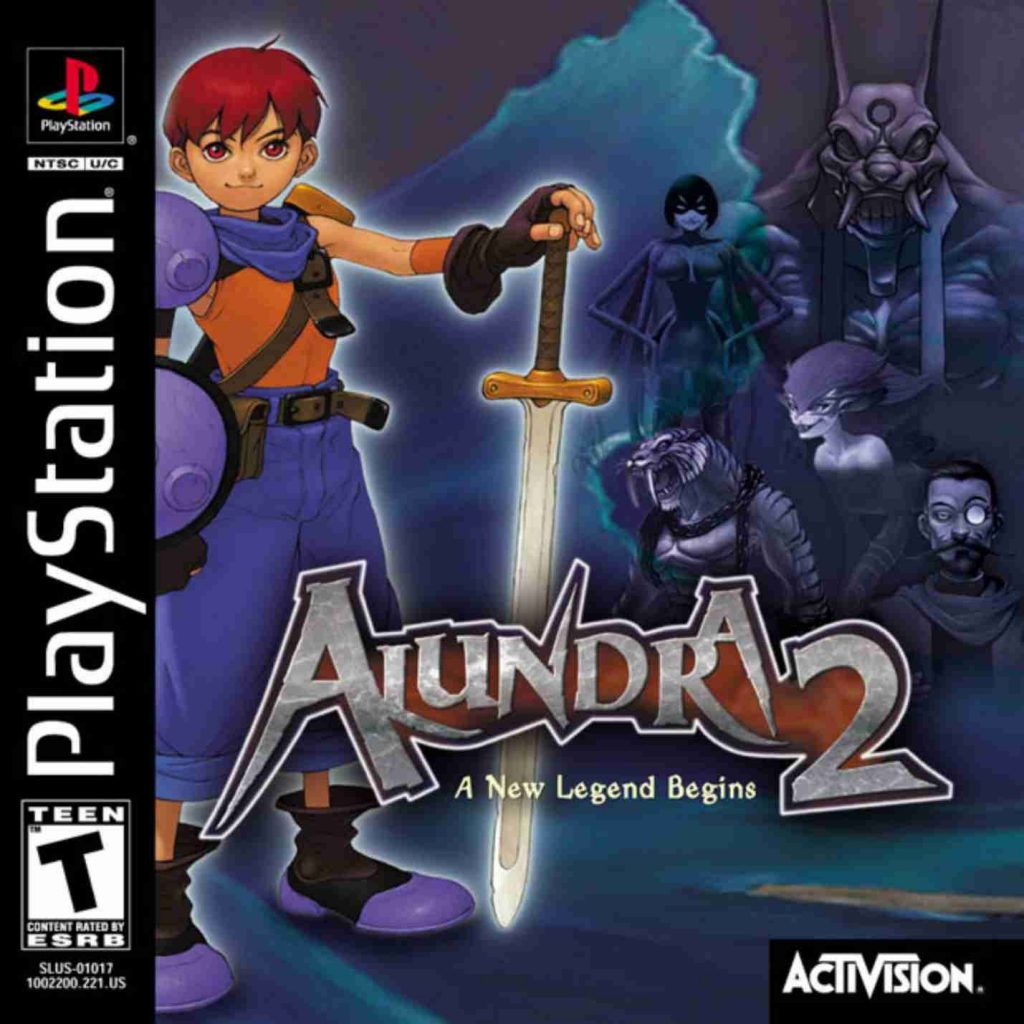
Alas, the Alundra franchise never extended beyond a second game, mostly because of its second game. Alundra 2 sacrifices the original’s gorgeous art for a generic anime look, its beautiful pixelated graphics for ugly 3D models, much of the spirit and themes that held the original’s story together, and even a main character named Alundra. All these sacrifices just for the chance to go pirate sailing with a kid named Flint.
The loss of a thoughtful localization from Working Designs also didn’t help.
Some have nostalgia for Alundra 2, but most see it as the beginning of the end for a franchise that never got a proper chance to excel beyond its excellent first game. It’s such an odd sequel, especially considering it shares many of the same names in its credits like director Yasuhiro Ohori. It’s like that creative genius just went up in flames overnight!
As for Matrix Software, it still exists to this day and dabbles in various major franchises, including Final Fantasy, Dragon Quest, Professor Layton, and Tales. Its most relevant games from the last decade are the Nintendo DS remakes of Final Fantasy III and IV, as well as Final Fantasy: 4 Heroes of Light, an original Nintendo DS game that served as the basis for Silicon Studios’ Bravely Default and Bravely Second.
However, Matrix also developed Final Fantasy IV: The After Years and those dreaded mobile ports of Final Fantasy V and Final Fantasy VI… yuck. Its most recent game, Omega Labyrinth, was denied release by Sony of America for being a dungeon crawler all about breasts… a far cry from the thought-provoking story of blind faith towards religion, mental disorders, and murder in Alundra.
Time Stalkers (1999)
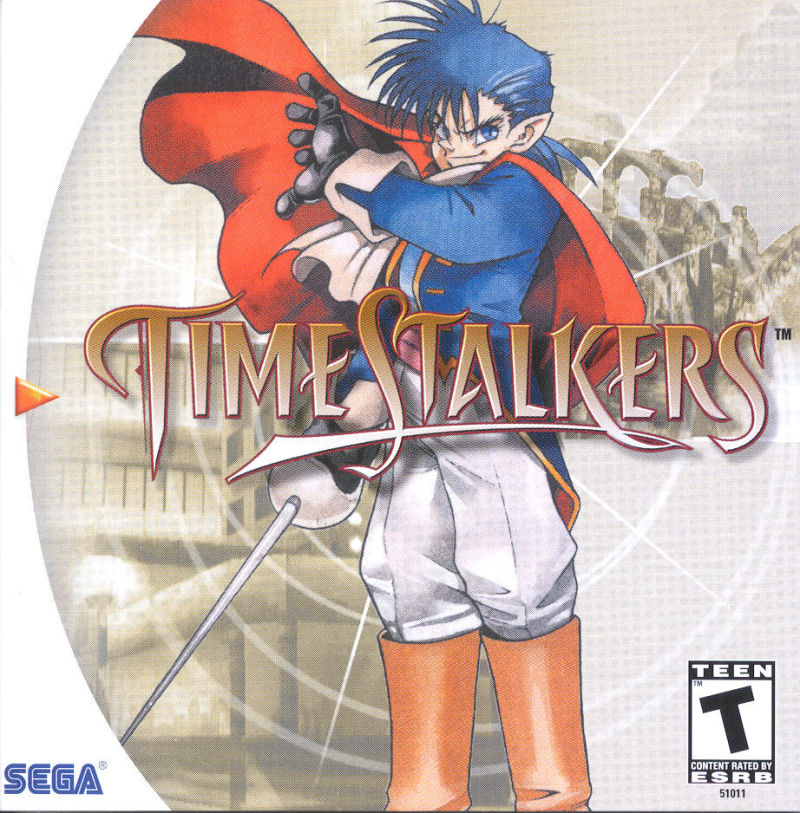
Meanwhile, the original Climax Entertainment team stuck with SEGA into the Dreamcast years with its Stalkers franchise, but it didn’t fair much better than Matrix did in 1999. Time Stalkers, called Climax Landers in Japan, isn’t that highly regarded though, even among hardcore fans of the Landstalker. Muddy graphics, a weird battle system, and randomized dungeons, long before the idea became popular, all derailed this game.
Time Stalkers was supposed to help Climax return to form, but it is regarded as a let down in video game history. However, its failure helped elevate a little game called Skies of Arcadia as the Dreamcast’s premiere RPG.
The best we can say about Time Stalkers is that Landstalker’s protagonist Nigel is playable in the game. That’s pretty cool, right?
Steal Princess (2008)
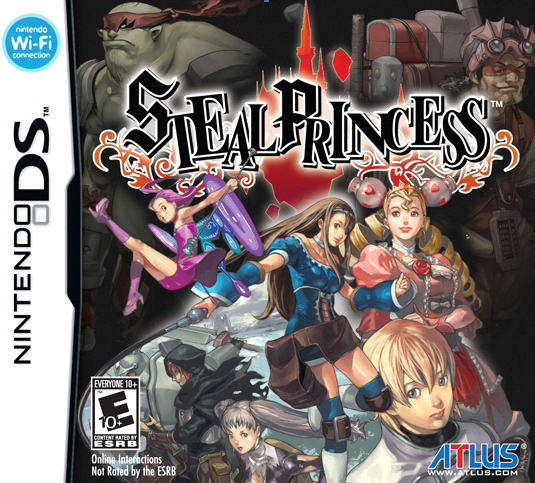
In 2005, Kan Naito pledged to bring Climax Entertainment back to form after a decade of developing racing games. He pitched to fans a plan to reboot Landstalker into a full-fledged franchise for the PSP, and he claims to have even gotten the original team behind the Genesis classic back together.
Three years later, the Landstalker revival never materialized, and fans got Steal Princess instead. Naito’s last game clearly modeled itself on the image of Landstalker with isometric game design and a heavy emphasis on puzzles and boss fights. However, the project is middling at best and fans treat it with the same arms length distance as they do the other spin-offs.
And this closes the family tree of Landstalker: The Treasures of King Nole. One doesn’t walk away with that great of an impression of its successive games, but Landstalker itself is worth checking out. SEGA Genesis games are easy enough to find through digital channels these days, and Steam has a copy for just 99 cents. It also is available in the SEGA Genesis Collection for the PlayStation 4, Xbox One, and PC.
Sadly, Landstalker still does not have a viable portable version since the collection didn’t come to the Vita or the Switch.
Alundra is the other game from this family tree that is worth checking out, as if I haven’t recommended it enough at this point. It’s just $5.99 on the PlayStation Store! Download it today and play it on your Vita or PlayStation 3. It’ll change your life!
As for the rest, I’m not overly familiar with them. My faults as a Nintendo kid who became a PlayStation teenager, I missed out on the back alleys of gaming history with SEGA. Of all of the games I wrote about today, Dark Savior is the one I’d be most keen on trying out. Fans swear its story will change your life, and the wildly experimental combat and familiar isometric platforming make it one of the most unique games in all of history.
TechnoBuffalo LLC (dba TheNerdy.com) has affiliate partnerships with various companies. These do not at any time have any influence on the editorial content of The Nerdy. TechnoBuffalo LLC may earn a commission from these links.
